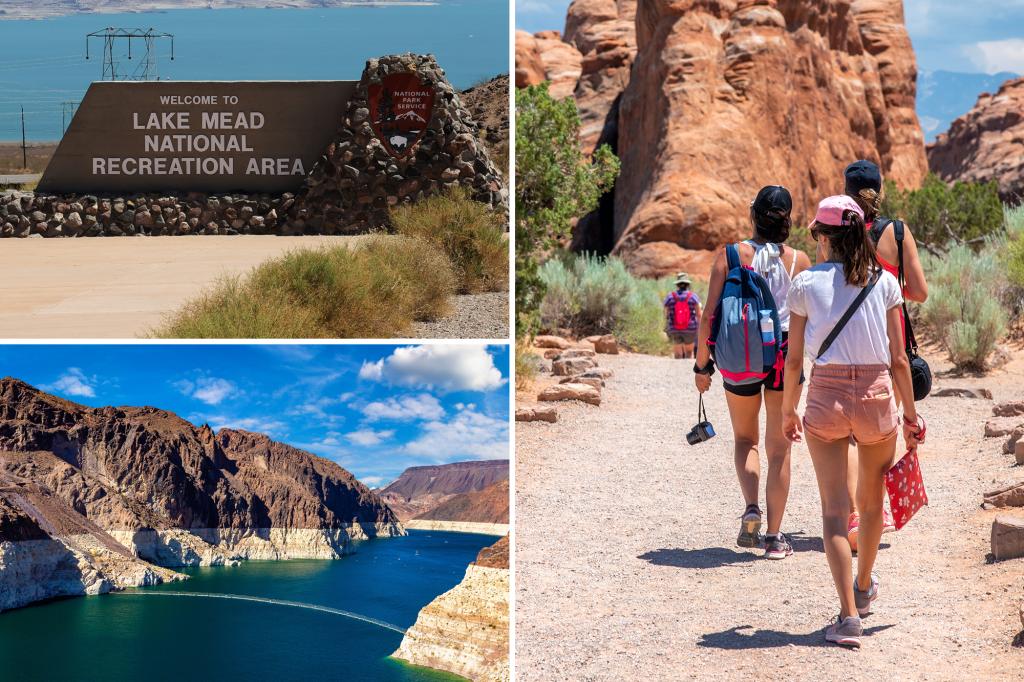Arizona’s Hiking Trails Become Scene of Dramatic Rescue Amid Extreme Heat
On Tuesday afternoon, emergency responders executed a large-scale rescue operation on Arizona’s popular hiking trails, saving 25 children and several adults stranded in scorching temperatures exceeding 100°F. The incident occurred in the South Mountain Park and Preserve near Phoenix, where the group became dehydrated and disoriented during a summer camp outing. Local authorities attribute the crisis to record-breaking heat combined with inadequate preparation for extreme conditions.
Heroic Efforts Prevent Tragedy in Dangerous Conditions
According to Phoenix Fire Department reports, over 50 first responders participated in the three-hour operation, deploying helicopters, ATVs, and medical teams to reach victims scattered across multiple trails. “This could have been catastrophic,” said Battalion Chief Derek Geeslin. “The combination of steep terrain, limited shade, and temperatures reaching 107°F created life-threatening conditions within minutes.”
Medical data reveals the severity of the situation:
- 12 patients transported to hospitals with heat exhaustion
- 3 children treated for severe dehydration
- 5 rescuers required IV fluids after the operation
Dr. Elena Martinez, an emergency physician at Banner University Medical Center, emphasized the rapid onset of heat-related illnesses: “When the heat index crosses 105°F, the body loses its ability to self-regulate. Children are especially vulnerable—their core temperatures rise 3-5 times faster than adults’ in these conditions.”
Climate Trends Magnify Risks for Outdoor Enthusiasts
The rescue coincides with Arizona’s hottest summer on record, with Phoenix experiencing 28 consecutive days above 110°F in July. Climate researchers note troubling patterns:
- Annual extreme heat days in Arizona have increased 61% since 1970
- Heat-related deaths statewide rose 450% between 2014-2022
- 85% of hiking emergencies occur between 10 AM – 4 PM
“These aren’t isolated incidents anymore,” warns climatologist Dr. Robert Kearns from Arizona State University. “We’re seeing earlier, longer, and more intense heat waves that rewrite our understanding of outdoor safety thresholds.”
Prevention Strategies for Hikers
Park rangers and health officials recommend essential precautions:
- Hydration: Consume 1 liter of water per hour of activity
- Timing: Hike only before 8 AM or after 6 PM during summer
- Gear: Wear light-colored, moisture-wicking clothing and wide-brimmed hats
- Education: Learn early symptoms of heat stroke (dizziness, nausea, confusion)
Despite posted warnings, many visitors underestimate the risks. “People see these trails year-round on social media without context,” notes veteran guide Maria Hernandez. “That picturesque sunset hike in April becomes deadly in July.”
Policy Changes and Community Response
Following the incident, local officials announced new safety measures:
- Temporary closure of high-risk trails during extreme heat advisories
- Mandatory heat safety briefings for organized youth groups
- Installation of emergency call boxes at half-mile intervals
The hiking community remains divided on access restrictions. “Closing trails treats the symptom, not the cause,” argues outdoor educator Mark Reynolds. “We need better public education—signs that show real-time heat danger, not just generic warnings.”
Meanwhile, summer camps statewide are revising protocols. “We’ve replaced all midday activities with indoor programming,” says Camp Director Lisa Yang. “It’s not worth the risk.”
The Future of Desert Recreation in a Warming Climate
As temperatures continue rising, experts predict fundamental changes to Arizona’s outdoor culture:
- Shift to winter-dominated hiking seasons
- Increased demand for shaded trail infrastructure
- New insurance requirements for guided tours
“This rescue operation serves as a wake-up call,” concludes National Park Service regional director Amanda Carter. “We must adapt our recreation patterns to match our new climate reality—the desert has always demanded respect, but now it demands reconsideration of what ‘normal’ outdoor activity looks like.”
For those planning Arizona adventures, check real-time heat risk assessments at the National Weather Service and always file hiking plans with local ranger stations. The mountains aren’t going anywhere—but your margin for error in summer heat certainly is.
See more NY Times Report



